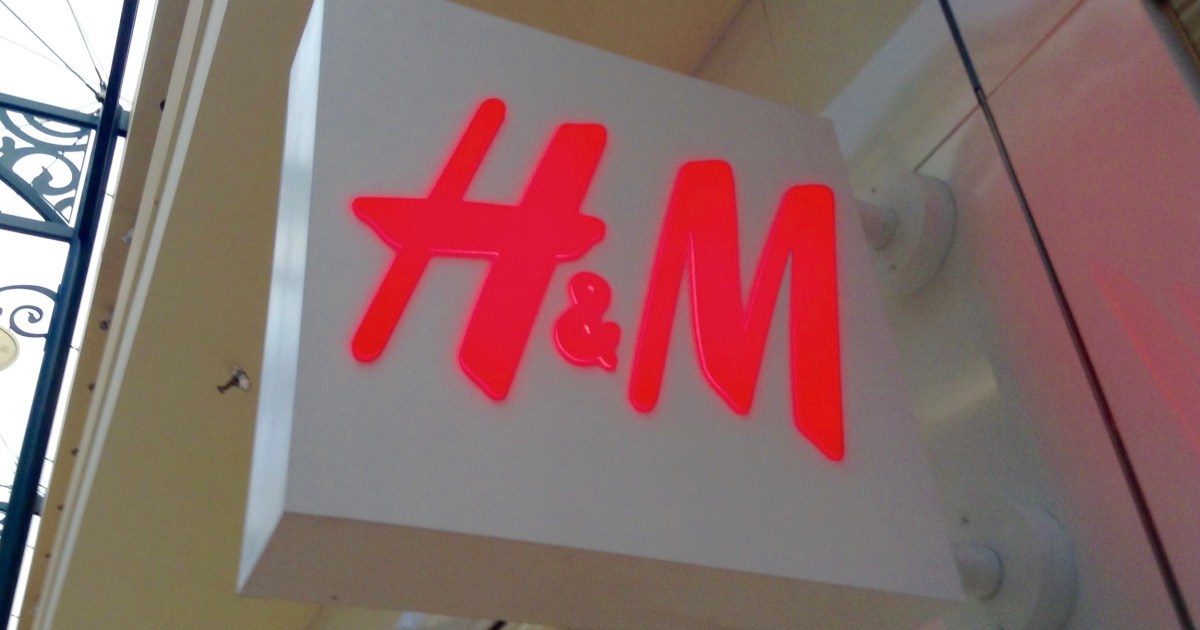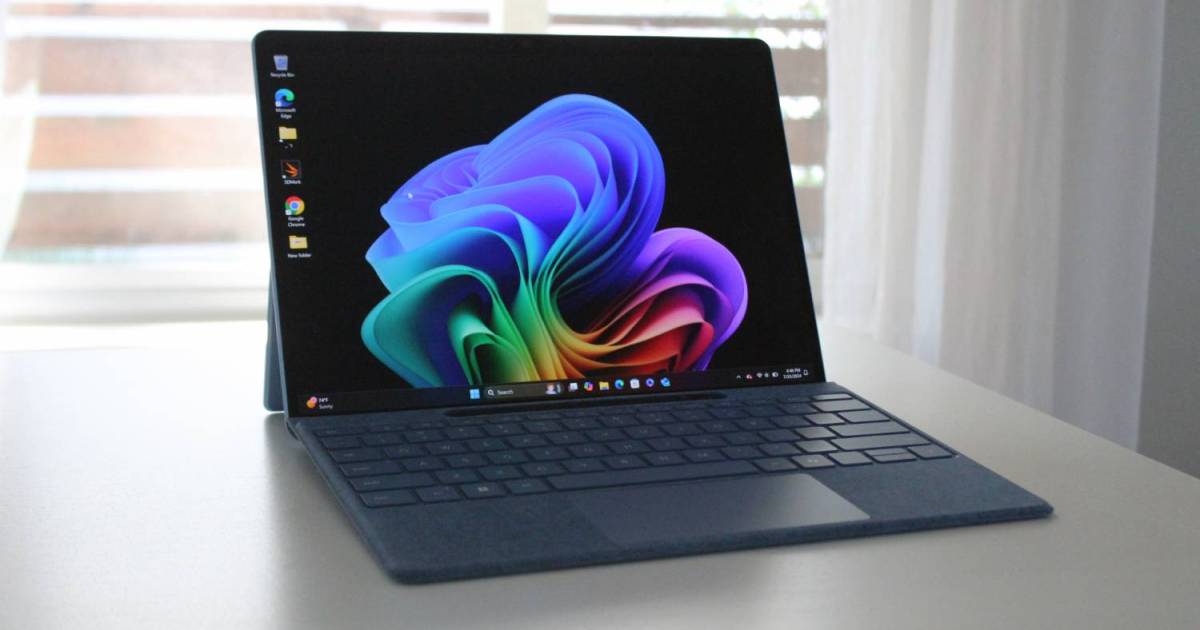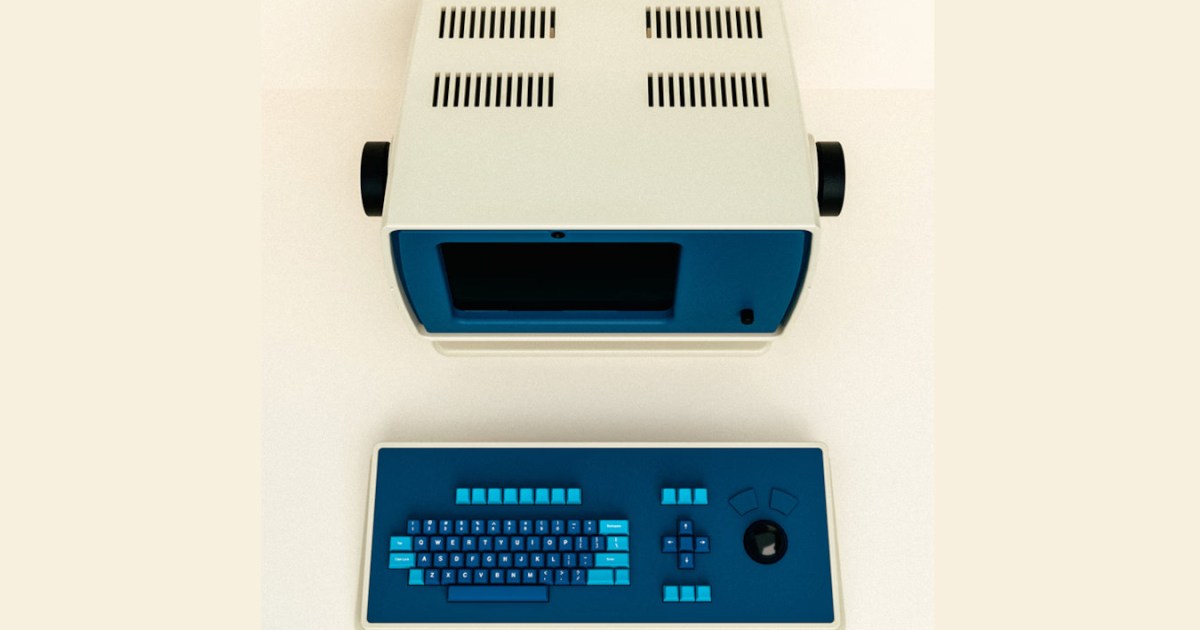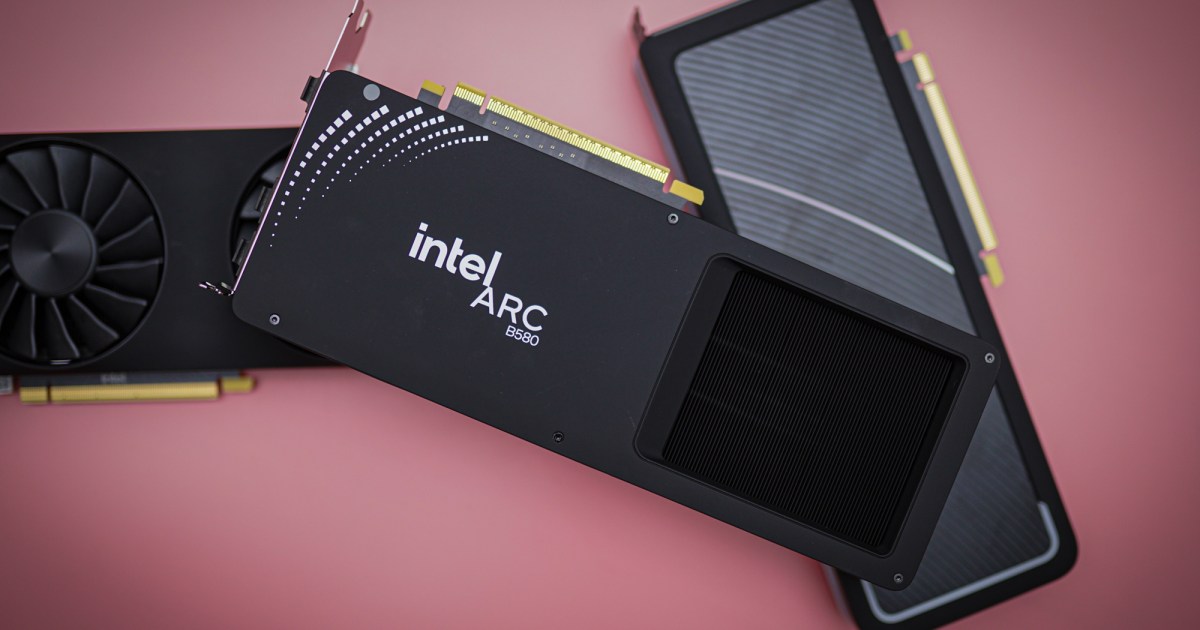H&M is venturing into the future of fashion marketing by using AI to create digital replicas of its models. This move, while innovative, sparks debate about the impact of AI on the modeling and creative industries.
H&M has stated that 30 of its models will have AI-generated digital twins created for use in advertisements and social media content. Crucially, this will only happen with the models’ explicit consent. This initiative raises concerns across the creative sector, with professionals like actors, photographers, and makeup artists worried about potential job displacement.
Addressing these concerns, H&M assures that models will retain rights over their digital likenesses, controlling how the retailer uses them for marketing, as reported by Business of Fashion. Furthermore, H&M has committed to compensating models for the use of their AI doubles, with rates comparable to traditional modeling fees, though final agreements will be negotiated by agents.
Jörgen Andersson, H&M’s chief creative officer, highlighted the company’s interest in exploring new creative avenues and embracing technological advancements while remaining committed to personal style, according to the BBC. The digital replicas are expected to debut on social media platforms like Instagram and TikTok, carrying watermarks to indicate their AI origins, complying with platform regulations.
The rapid advancement of generative AI in recent years has enabled the creation of remarkably realistic digital doubles. This ease of use naturally attracts creative industry executives and brand teams. However, key concerns remain: fair compensation for digital twin usage, the long-term equity of these rates, and opportunities for new talent entering the industry.
The 2023 Hollywood strikes underscore these concerns, as actors and writers protested the potential use of AI in scriptwriting and digital doubles in productions. Unions successfully negotiated protections for creatives, although discussions continue on some points. As AI technology evolves, further disputes within the creative sector are anticipated as executives and creators grapple with the implications of this rapidly developing technology.
H&M’s move to integrate AI-generated models signals a significant shift in fashion marketing. The ethical considerations and long-term consequences for the creative workforce remain central to the ongoing conversation. The future will likely see a continued balancing act between technological innovation and the protection of creative professionals.










